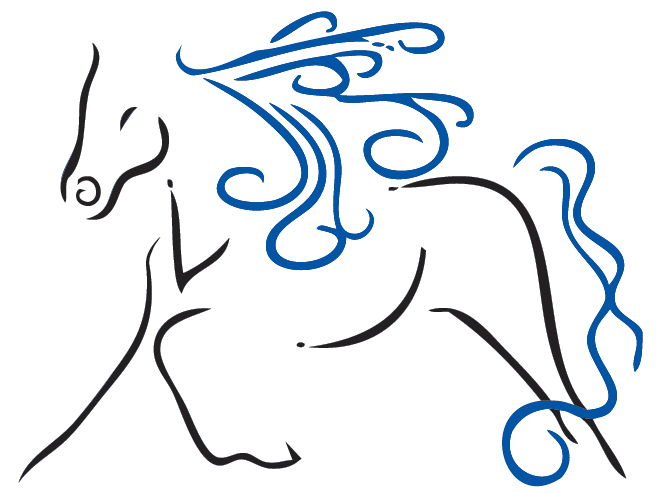Frequently Asked Questions
- What if I don't Compete?
While competition horses may experience increased strain on their bodies and minds, any horse can benefit from body work. If your horse is experiencing a reduced or limited range of motion, hollows his back, is cinchy, bucking, shortening his stride, unwilling to change gaits or unable to take a lead, you may consider bodywork. Horses are prey animals and therefore excellent at hiding discomfort. Even if you do not see any obvious discomfort, if your horse just doesn’t feel like himself, trust your instincts and him! - What is the Masterson Method?
The Masterson Method ™ was developed by Jim Masterson. It is an integrative approach to equine body work. We work with the horse and his responses to eliminate restrictions and tension not only on the surface, but also deep within the horse’s body where typical massage techniques cannot reach. That’s because they simply aren’t available to touch. An example would be the Ilio-Psoas muscles located deep within the hindend. There are three key junctions that most affect performance – the poll/atlas, the neck/shoulder/withers and the hindend (sacroiliac) junctions . By asking the horse to interact and give feedback, for instance about the range of motion, while staying relaxed, we can alleviate those tensions and restrictions. This enables the practitioner to move the joints within their natural range of motion and address those deep-seated tensions. - How long does a typical session last?
A typical session lasts one to 1 ½ hours if the horse is worked on regularly. However, new clients do take a while longer, typically 2 hours, as it includes the initial assessment and history. Therefore Healing Hands charges by the session, not the hour. - Is there a travel fee?
A travel fee will be added if your barn is more than 20 miles away from Maple Park IL. - Should I be there?
While the initial session includes the owner or trainer, you do not have to be there for subsequent sessions. Most horses are quite happy and participate quietly once they understand the process. - Do I need to groom my horse first?
You do not need to groom your horse to a shine, but knocking off the mud and having the stall reasonably clean and the horse dry is expected. - Can I ride my horse after the session?
Unless the horse is on stall rest, light work such as a 10-15 minute hack, a nice trail ride or simply turning your horse out or hand walking him for 10 minutes are encouraged after the session.. This enables the horse to integrate the work and create new muscle responses. - Will I notice immediate improvement?
Each situation is different. Some improvement can be seen immediately. Chronic and long-term situations may require several sessions. Soft tissue accumulates tension over time, so it will also take some time to alleviate it. Releasing the tensions and restrictions slowly is safer than trying to do it all at once, it allows the horse to integrate the changes and adjust to them. - Do I need my Veterinarian's approval?
Since your vet knows your horse and his history, it is always advisable to consult him or her in case of injury or illness. There are times when massage is contra-indicated. A bodyworker is not a vet, therefore it is important to have a diagnosis especially in cases of injury and rehabilitation. Bringing a horse back from injury is a team effort. So it’s important that your entire team, including your farrier and anyone else on your horse’s care team is on the same page! - How often should a horse have body work sessions?
The frequency of sessions depends on the horse.
Horses in Rehabilitation – please consult your vet
High Performances horses – once or twice per week, sometimes several times per week depending on the competition schedule
General Riding several times per week – once or twice a month depending the job demands
Horses ridden on weekends or backyard horses – every 4-6 weeks (like your farrier!) - Do you work on animals other than horses?
Yes, I also work on dogs, donkeys, mules. Nothing like massaging those long ears!

